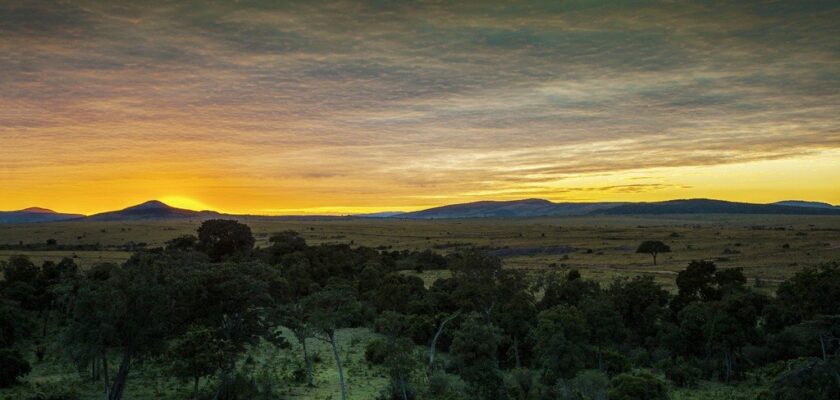Maasai Mara National Reserve
From the radio of your guide comes a crackle and inaudible message that someone somewhere saw lions, a moment – and the jeep is already off the place in a cloud of dust. It’s another hot day in the Masai Mara National Reserve. As we approach a pride of lions lazily enjoying the rays of the scorching sun, you begin to understand why this park with its abundance of wildlife, endless plains and grassy steppes was chosen as the location for the movie “Out of Africa.”
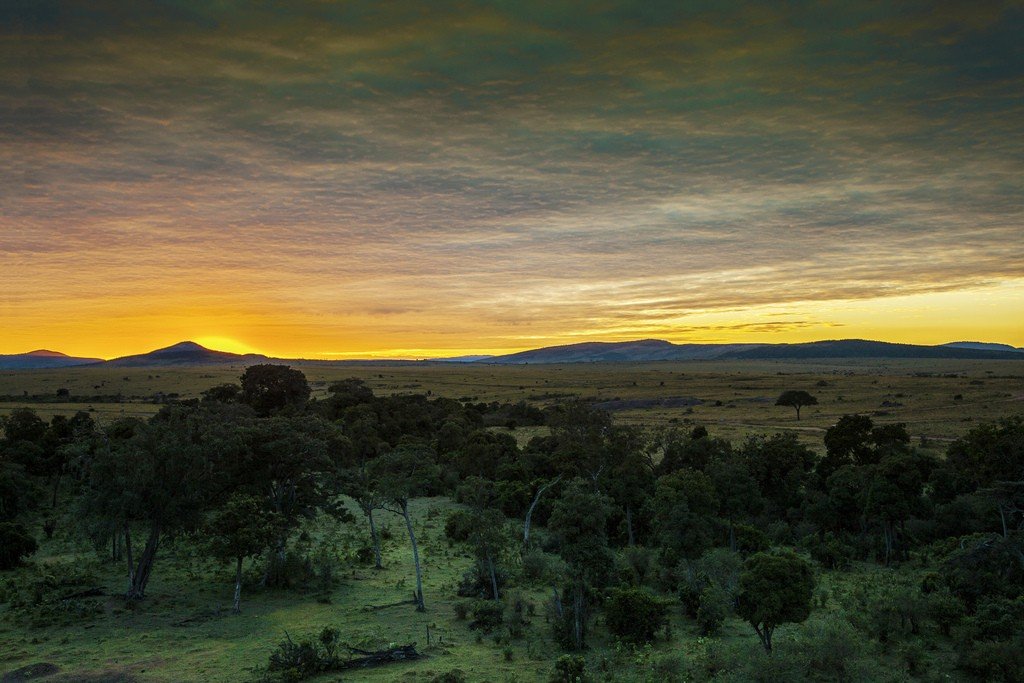
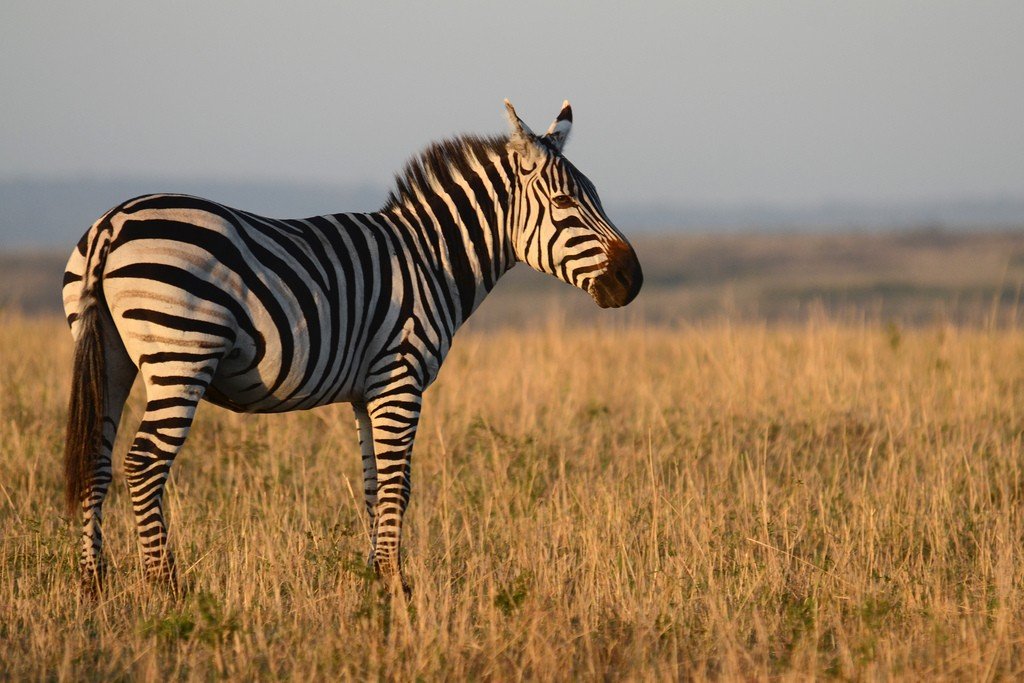
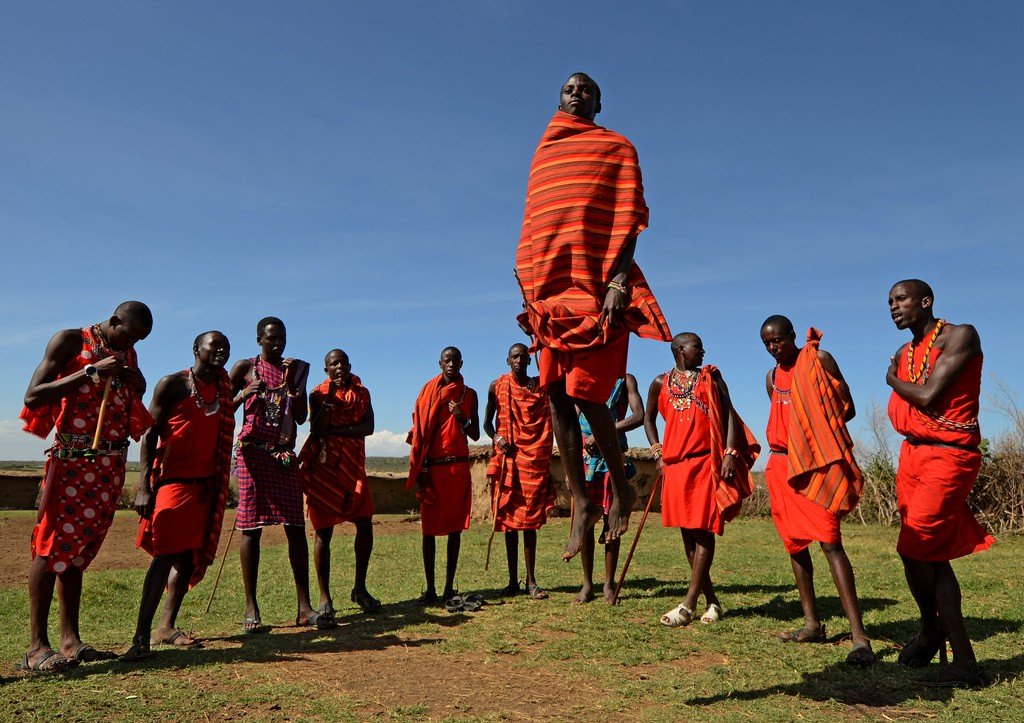
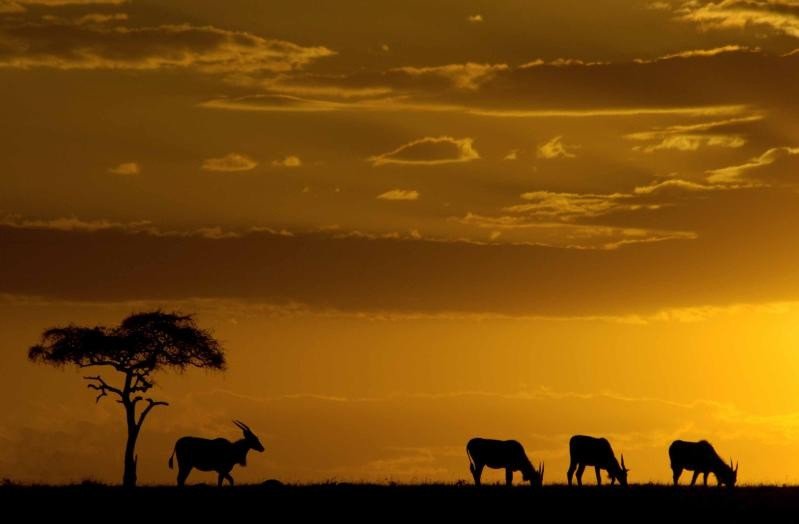
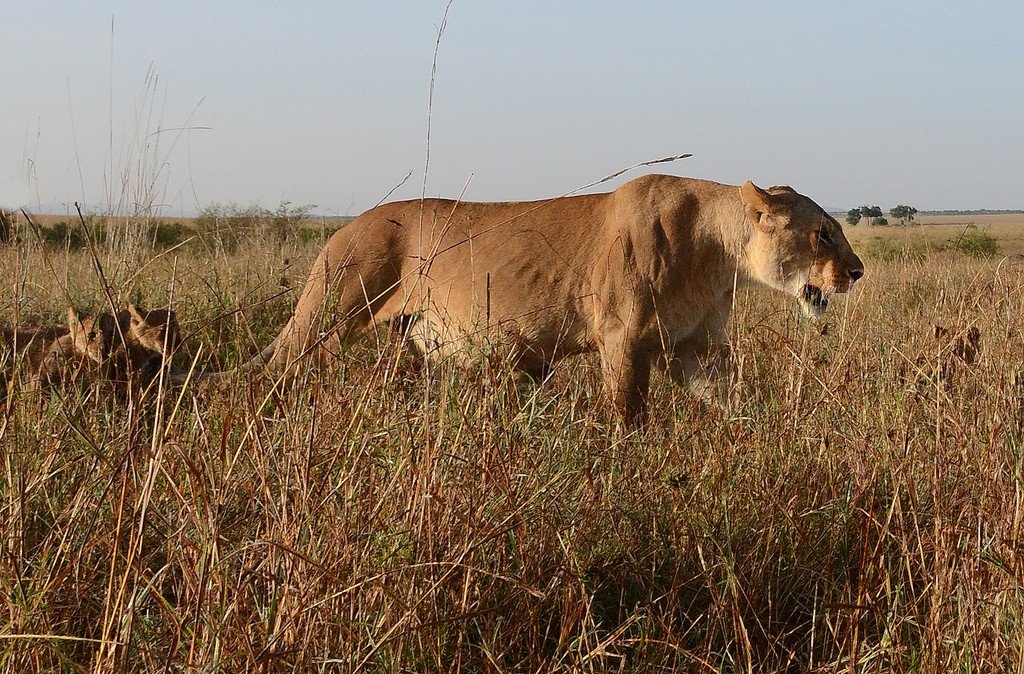
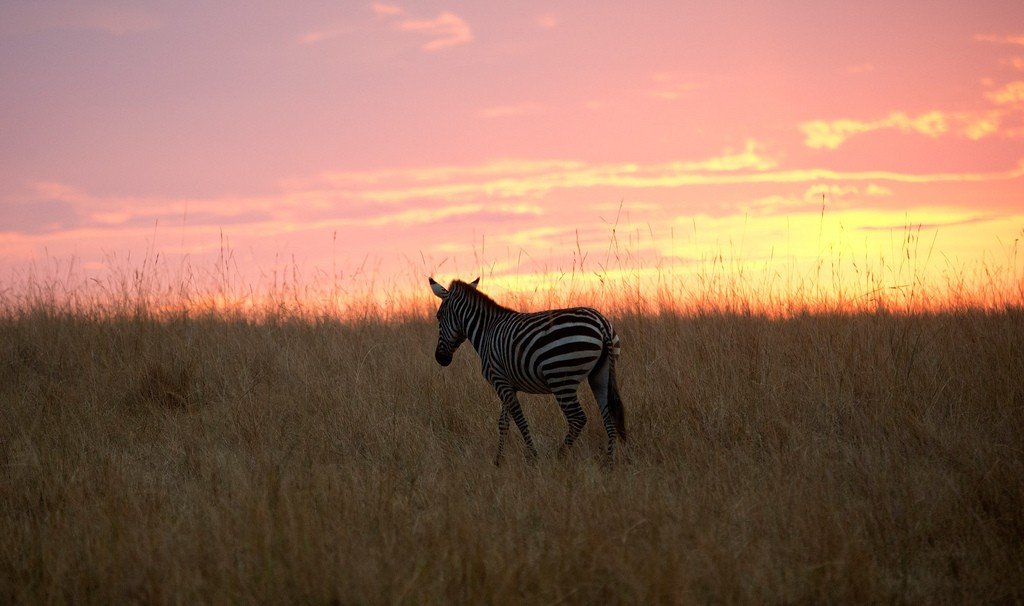
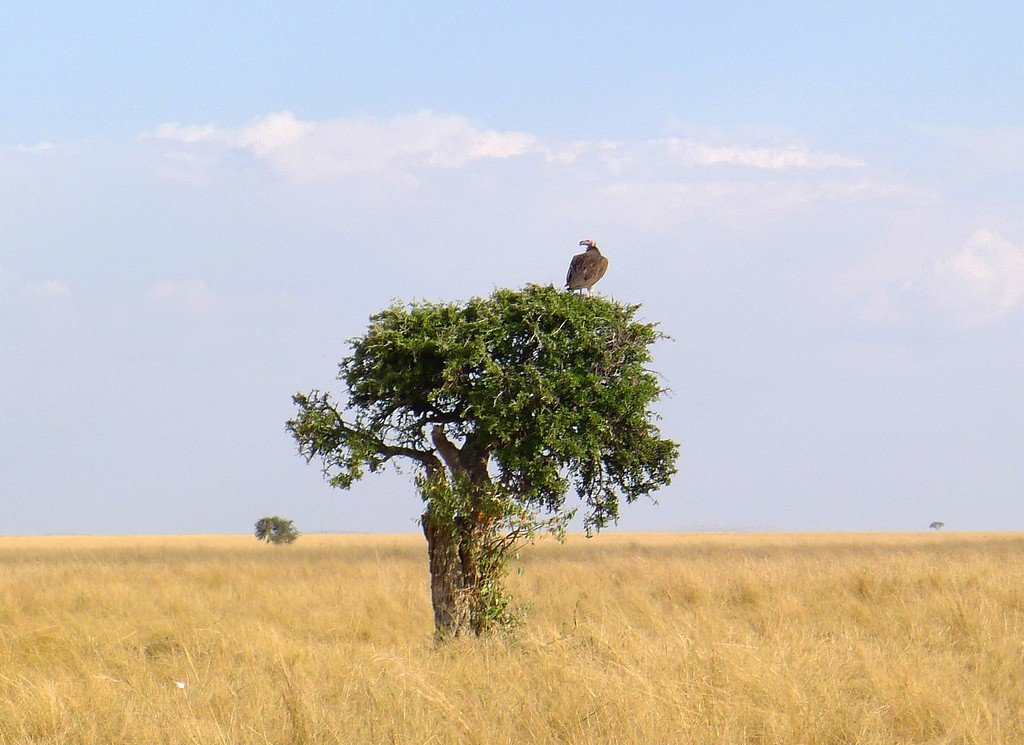
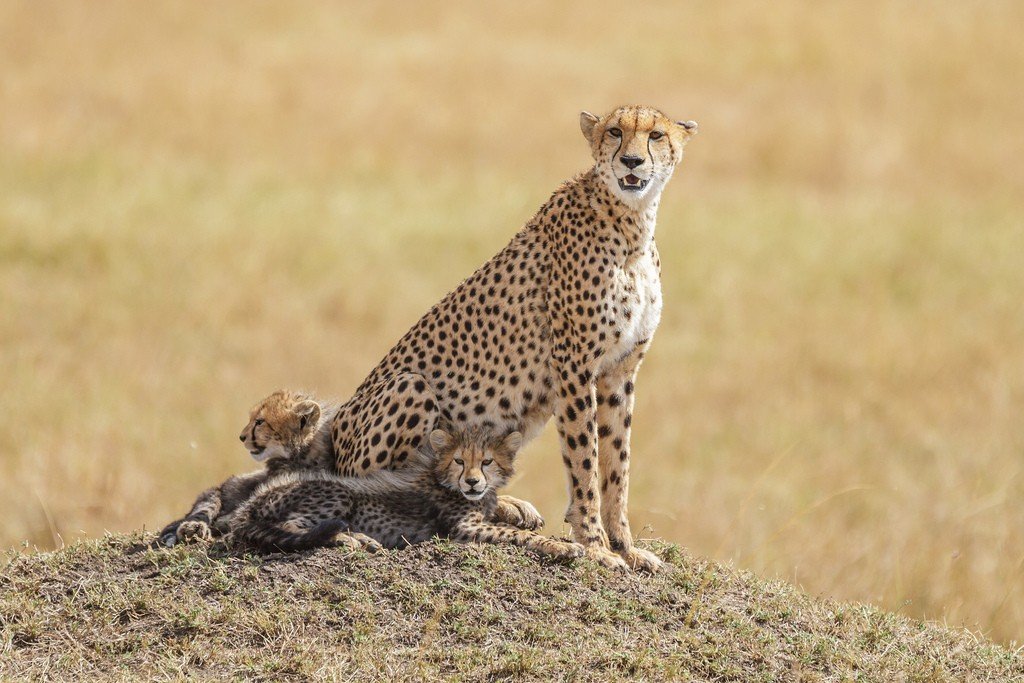
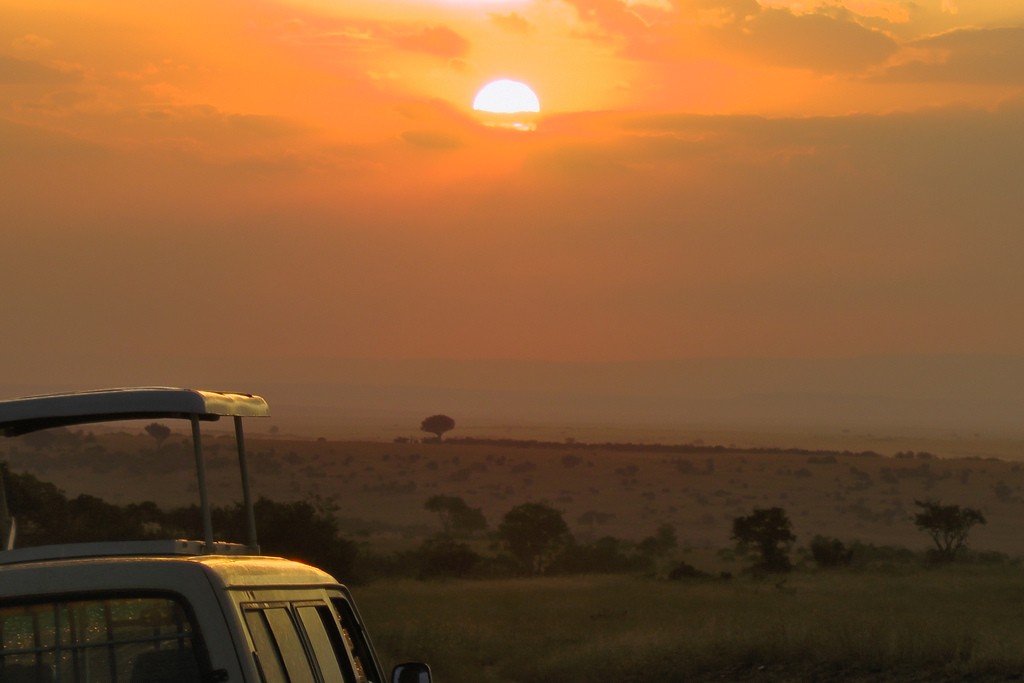
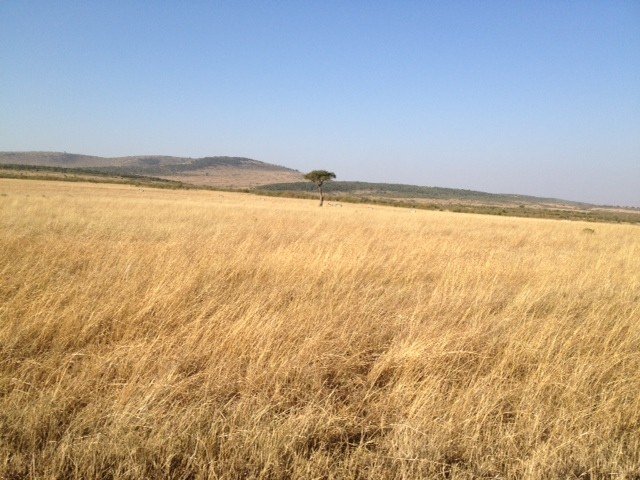
General information
Masai Mara is a game reserve in southwestern Kenya near the Tanzanian border and is approximately 275 km from Nairobi. It is known for the variety and number of rare wild animals that are easy to observe. The reserve is named after the Maasai tribe, the traditional population of the region, and the Mara River that divides it. Opened in 1974, the Masai Mara covers an area of 1,510 square kilometers of plains and forests and is the richest in Africa.
.The Mara is the name of the main river of these places, and the Maasai is the name of the most famous yet most mysterious people of East Africa. It is believed that these tall, flexible people once dwelt at the headwaters of the Nile and were related to the Nubians. Long ago, the Maasai, whom Karen Blixen called “the great travelers,” left their homeland and roamed for a long time until they settled on the plains of southern Kenya. The current sanctuary is a former reservation created for the Maasai under British rule. The abundance of tourists does not prevent the tribe from continuing to herd cattle, and they do not shun outsiders at all. Every visitor to the reserve is offered excursions to Maasai villages with songs and dances..
The Masai Mara is home to many species of flora and fauna and is renowned as the only reserve where you can see the big five in one morning. From July to October you can witness the stunning annual migration of over 1.3 million wildebeest, zebras and gazelles from the Serengeti, followed by lions, leopards, cheetahs and hyenas, while vultures soar high in the sky ready to devour carrion.
.The Masai Mara plains dry out completely during the hot season. Therefore, animals are constantly migrating, leaving in the fall for the Tanzanian Serengeti and returning with the onset of the new summer.
.
Hot air balloon rides are a favorite way to observe the majestic landscape and wildlife, especially at sunrise. Try what it feels like to soar above an endless string of animals. It’s an experience you won’t soon forget! You can also celebrate with a glass of champagne afterwards. Traditional Maasai villages, the Manyatta, consisting of mud-covered thatched huts, are located to the north of the park. You can walk through the village, take photos, and talk to the friendly locals.
Accommodation options for travelers range from stone huts to luxury lodges or private tented camps for small groups wanting to enjoy a traditional safari experience.
.From July to October, you can see the annual migration of wildebeest moving here from the Serengeti.
.Karen Blixen, who in the 1920s lived not too far from the borders of the present-day reserve, considered the Maasai’s domain to be “an abode of peace and quiet”. Now the Masai Mara looks different: at the height of the zone, it is Kenya’s most visited game reserve. Most visitors are brought there by travel agencies, good such in Nairobi enough – all hotels are full of advertising (2-3 days, average. 400 $).
.
The nearest town is called Narok (Narok, 69 km from the borders of the Masai Mara) – it will do as a base if you do not want to buy a tour and do not have your own transportation. You can get to Narok from Nairobi by matatu or bus from the junction of Accra Rd. and River Rd. – this place is known as the Tea Room, Cars start from about 7am (3 hours to Narok, about 400 sh.) and travel along highway C12. In Narok there are several companies running shuttle buses (departure no earlier than 13.00, 300 sh.) between the town and the nearest gates of the reserve – Talek and Sekenani. The latter are considered to be the main gate: the headquarters of the territory is located there. Kenya’s most visited reserve is not protected by KWS – local authorities are responsible for it, but entrance fees are high (adults/children $80/40 per day).
.Masai Mara can be reached by air: there are 8 airfields in the reserve, the closest to the main gate is Keekorok air strip, where Safarilink flies from Nairobi (about $170).
.In Masai Mara move only by car – it is believed that otherwise you will be eaten, hogged or trampled. Walking only on the territory of hotels and campsites, of which there are about 30. The quality of roads deteriorates sharply beyond 50 km from the borders of the reserve, so the way from Narok to the campsite or just to the park gate may take as long as from Nairobi to Narok. Vehicles are recommended with four-wheel drive or at least high ground clearance. You can rent a car with a driver in Nairobi or at the bus station in Narok (at least $200/d). Many campsites and hotels organize small trips around the reserve (approx. 40 $/1 person/2 hrs, full day 50-60 $/person, for 1 person, – about 150 $). The ban on hiking does not apply to the small protected area of Naboisho Conservancy, adjacent to the Masai Mara from the northeast. There, too, there are campgrounds that arrange guided Maasai walks (the animals around are the same). There are several such mini-reserves on the border of the Masai Mara: they are created by agreement between the government and local communities, who themselves protect and showcase nature. Visits to Maasai villages leave many vivid impressions, although they are accompanied by a divorce for money.
.